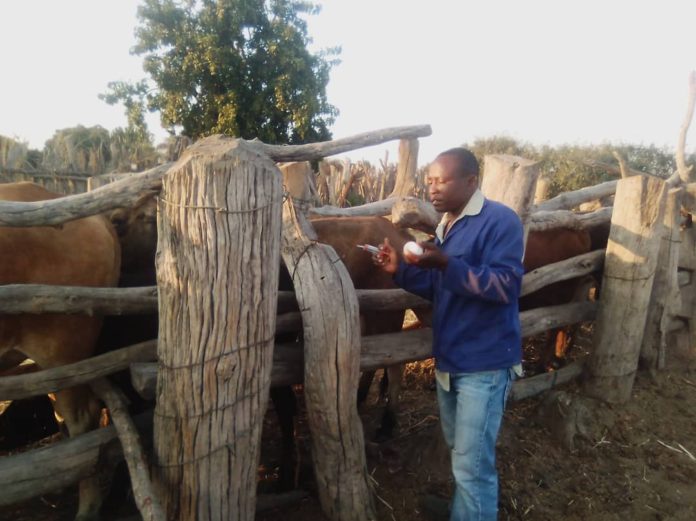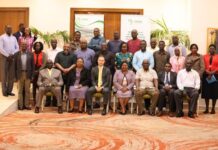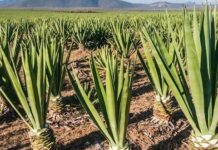Tanzania has the second largest livestock population in Africa and livestock keeping is an integral part of most people’s livelihood.
However, foot-and-mouth disease (FMD) is a transboundary disease, affecting cloven-hoofed animals, that is currently endemic in Tanzania.
According to a recent study carried out by Science Direct, the Tanzania Development Vision 2025 aspires to make the livestock sector more competitive.
“Part of this plan foresees establishing an FMD-free zone in the Rukwa region to be able to increase the export of animals and animal products,” the study report reads.
“The aim of this study was to assess the economic efficiency and feasibility of establishing such an FMD-free zone and to advise policymakers on the profitability of the investment.”
Data were collated from reviewing the government statistics, and key informant interviews with farmers, traders and veterinarians in Tanzania, and complemented by informed assumptions and expert opinion.
The analysis showed that variables related to the cost of vaccination had the largest negative impact on the net present value.
“The proposed FMD-free zone in Rukwa region is unlikely to be cost-effective with the current FMD status and export trade prospects in Tanzania. Interviews with stakeholders revealed that vaccine availability, funding, farmers’ willingness to participate, and lack of staff continuity in key roles were the main barriers to establish a reliable FMD control programme in the country”.
Tanzania has the second largest livestock population in Africa, with a standing population of 32 million cattle, 20 million goats, 5 million sheep, 2 million pigs, and 42.7 million chickens according to a 2019 update.
“Although the livestock sector has grown steadily in the last years, this has been mainly due to an increase in livestock numbers rather than productivity gains. As in other low- and middle-income countries, livestock keeping is an important and integral part of many people’s livelihoods,” the Science Direct study says.
“Half of the households keep livestock and 70 % of poor rural populations depend on livestock for their income and livelihoods (MLFD, 2013).”
FMD is a viral disease affecting cloven-hoofed animals. It has negative impacts for large and small-scale farmers in endemic countries, including economic losses stemming from reduced livestock production due to fever, loss of appetite, drop in milk yield, lameness, and pain.
In Tanzania specifically, FMD has a negative impact on milk production and draft power for crop production at the household level, reducing income generation and compromising children’s food and nutrition security.
The disease is endemic and widespread across Tanzania, with numerous outbreaks due to serotypes.
Currently, the country is on Stage 2 of the Progressive Control Pathway, which means that a risk-based control plan has been designed, but there are no official FMD control measures, and animal vaccination is a private business decision.
The Tanzania Development Vision 2025 aspires to make the livestock sector more competitive by producing world-class quality animals and products.
The vision is interpreted in the National Livestock Policy (2006), which supports the establishment of an FMD-free zone in line with international guidelines, and the Sanitary and Phytosanitary Measures (SPS) agreement.
The Ministry of Livestock and Fisheries hopes the creation of the disease-free zone would promote the availability of safe and quality food products for local and export markets, improve earnings of livestock producers and businesses in the value chain, and enhance the performance and efficiency of the national veterinary services by freeing resources through an improved animal disease status.
The Rukwa region was chosen based on its geographical location and natural barriers demarcating the area, as well as its potential for livestock production and infrastructure, given that an established partnership existed between public and private sectors.
The government believes by controlling the disease in the region is feasible, and could create spill-over benefits to other parts of the country through a steady supply of cattle that would create business opportunities in the national beef value chain.
“As for any project of this magnitude, a large investment was needed, and external funding would have to be secured,” the study shows.
“It was therefore decided to apply for a project preparation grant from the World Trade Organisation (WTO) to investigate formally whether the investment would be profitable and the intervention feasible. This paper presents the outcomes from this analysis.”









